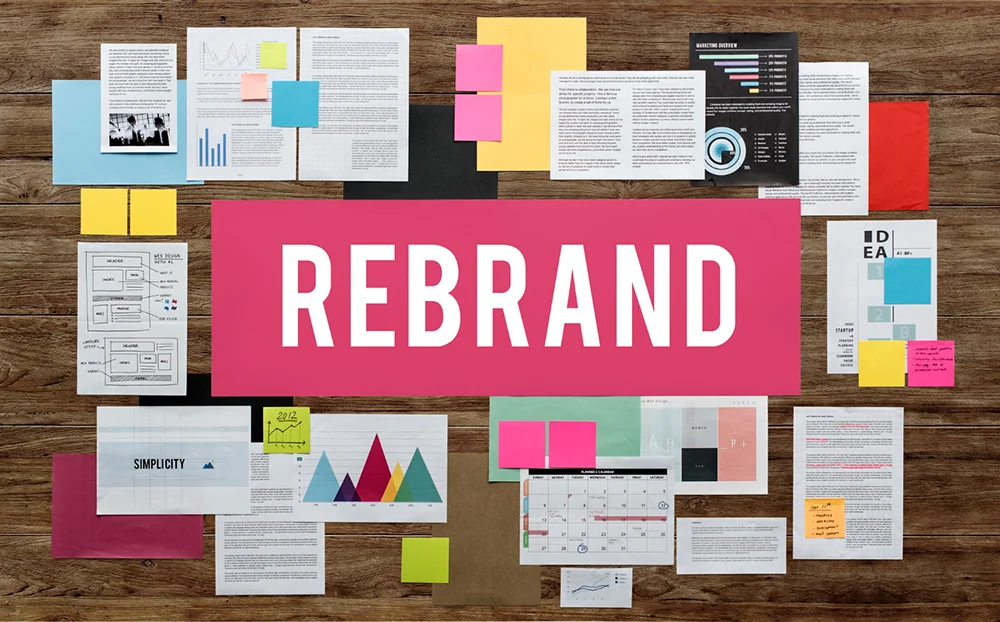
Digital advertising is a dynamic playground, constantly evolving to meet the demands of marketers and consumers alike. It is not uncommon then that this type of environment creates room for many innovations, some of which come to become revolutionary. One of those innovations is programmatic advertising and real-time bidding (RTB), which have altered the way brands connect with potential customers.
What is Programmatic Advertising and what role does Real-Time Bidding play in the whole story?
Programmatic advertising refers to the use of automated technology for buying and selling of digital advertising space. It optimizes efficiency and effectiveness, allowing advertisers to purchase ads without human negotiations and manual insertions, reducing errors and enhancing targeting precision.
Real-time bidding is a component of programmatic advertising where advertising inventory is bought and sold on a per-impression basis, via an instantaneous auction, similar to financial markets. It allows advertisers to manage and optimize ads from multiple ad-networks by granting the ads impressions to the highest bidder, all in real-time.

Here is how you can benefit by fusing the two
The melding of programmatic advertising with real-time bidding allows advertisers to present personalized ads based on user behavior, ensuring more relevance and higher conversion rates.
Impact on the Advertising Landscape:
- Enhanced Efficiency: Automating the buying process reduces the time and resources invested in negotiations and manual orderings.
- Increased Reach: Advertisers can access a broader range of platforms, improving visibility and user engagement.
- Optimized Budgets: Real-time alterations can be made to campaigns, enabling better budget allocation and ROI.
Strategies and Insights to Crafting Successful Campaigns
- Leverage Data Analytics: Use data-driven insights to understand audience behavior and preferences, allowing for more precise targeting.
- Adopt a Cross-Channel Approach: Utilize various channels to communicate with your audience, optimizing each for user experience and content relevance.
- Maintain Brand Consistency: Ensure a coherent brand message and aesthetics across different platforms and ad formats.
Let’s take a look at some real world examples
- L’Oreal: L’Oreal leveraged programmatic advertising to boost its online sales. By analyzing user data, L’Oreal created personalized ad experiences, resulting in a 2.5 times increase in return on ad spend (ROAS).
- Coca-Cola: Coca-Cola used programmatic advertising to drive brand awareness and sales during the FIFA World Cup. By targeting specific demographics and locations, they achieved a 25% increase in sales.
- Macy’s: Macy’s used programmatic advertising to enhance its holiday season campaigns. By segmenting their audience and retargeting users who had previously engaged with their brand, they achieved a 300% increase in click-through rates (CTR).
- IBM: IBM used programmatic advertising to reposition itself as a leader in artificial intelligence (AI). By targeting B2B decision-makers with personalized content, they achieved a 2.5 times increase in engagement and a 20% increase in conversions.
Overcoming Challenges
While programmatic ads and RTB hold immense potential, they also present challenges such as ad fraud and privacy concerns. Addressing these requires:
- Enhanced Transparency: Clear and transparent dealings can help in building trust among publishers, advertisers, and users.
- Stricter Regulations: Implementing and adhering to robust security measures can mitigate risks related to data breaches and fraud.
It is best to acknowledge and address the concerns in the very beginning to avoid any possible complications.
What the future holds
Looking out into the future, there is a lot to look forward to. With advancements in Artificial Intelligence and Machine Learning, the realms of programmatic advertising and RTB are set to reach new heights, offering more refined targeting, personalization, and optimization capabilities.





